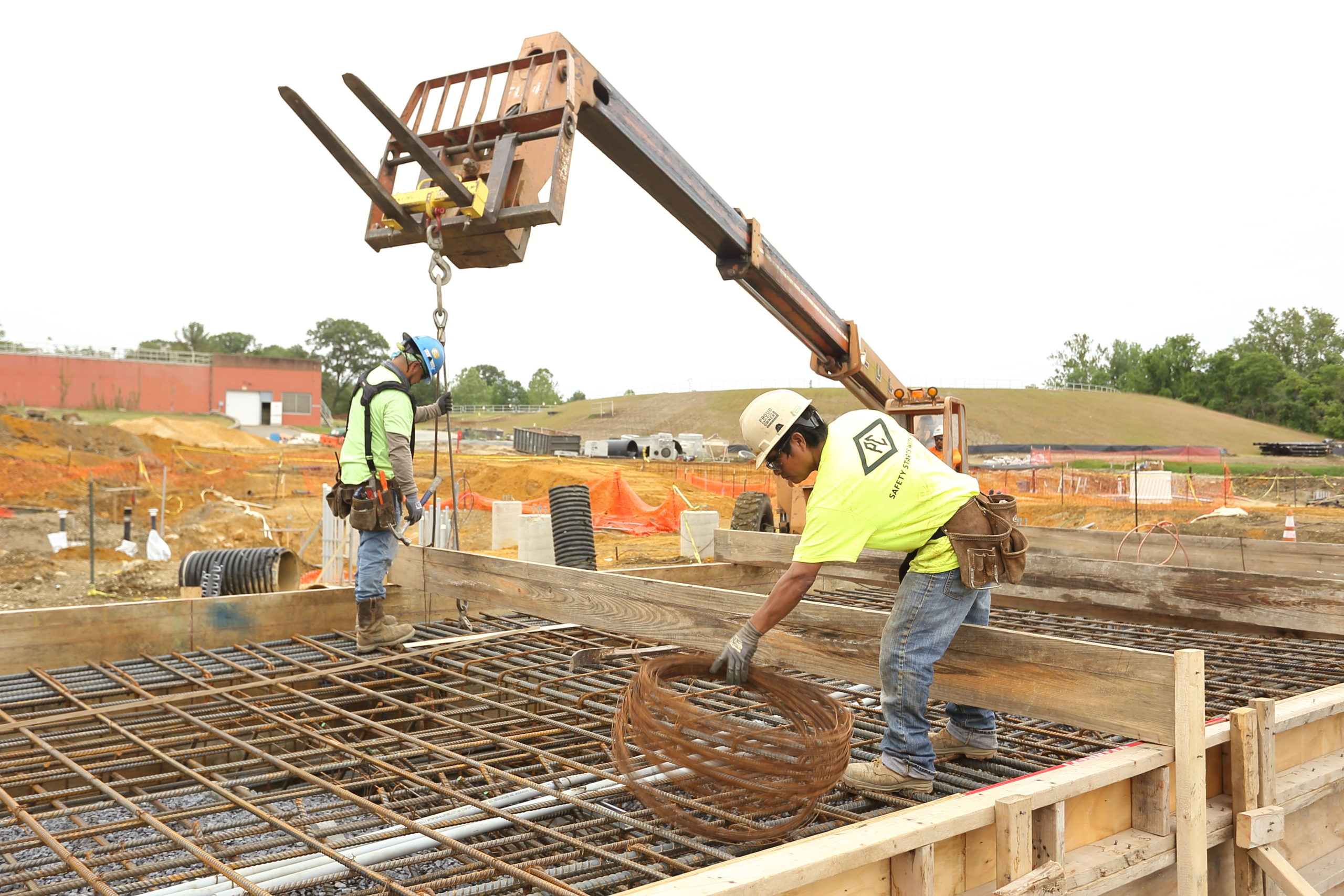
Black History Month has people nationwide focused on improving diversity and inclusion in all areas of their lives. To take the construction industry into the future, firms of every size will need to refocus their attention accordingly. Because as of today, our workforce does not mirror the rest of our economy. According to the U.S. Bureau of Labor Statistics, “Non-Hispanic Blacks held 5.1% of construction jobs, compared with their 11.8% share of total employment.” Representation matters, and if we continue to be imbalanced, our industry will fall behind. The good news is that our actions today will have a positive impact for years to come.
A diverse and inclusive workforce:
- Fosters fresh perspectives and innovative solutions.
- Diverse opinions prevent companies from “doing things the way they’ve always been done” and reduce the risk of groupthink. Varied backgrounds naturally promote an openness to alternatives, which sparks creativity better than homogenous groups.
- Boosts employee morale and company success.
- Studies show diversity improves employee engagement and job satisfaction. In McKinsey’s 2018 report “Delivering through Diversity,” firms with diverse executive teams were shown to be a third more likely to outperform their competitors. Clearly, employee satisfaction and improved collaboration creates a powerful domino effect: when employees can be their authentic selves, their productivity improves and the company succeeds.
- Fills the shortage of skilled workers.
- When we encourage people from all backgrounds to join our industry, we will be able to build the workforce we need to fill the growing labor gap. Not only that, as we shared above, when we bring in a more diverse workforce, we will also uncover untapped potential and make even greater progress for our communities.
Now, the question is: what actions do we need to make to create a more diverse and inclusive construction industry workforce?
We must prioritize:
- Recruiting diverse individuals.
- When establishing your recruiting strategy, tap into insights from focus groups. Keep things like pay equity and holidays of all cultures in mind to attract all types of workers.
- Getting leadership buy-in.
- Hiring will only go so far. There needs to be top-down leadership to help companies become inclusive places where people of all backgrounds can work without prejudice or discrimination. Take advantage of local networking programs to learn from other industry leaders as well as Minority Business Enterprise (MBE) partners.
- Creating a diversity & inclusion policy…and sticking to it.
- With hiring processes in place and leadership aligned, you’ll need to create internal policies that reinforce your diversity and inclusion initiatives. In addition to utilizing third-party consultants to create an updated policy, consider employee training that gives every team member the tools they need to maintain an inclusive mindset and eliminate unconscious bias. A great place to start is Project Implicit’s “Implicit Association Test.” Assess yourself here. Keep in mind, this isn’t a one-time thing. Employee education should be ongoing to ensure that inclusion stays top-of-mind.
- Improved company culture that discourages harassment.
- According to a recent survey by The National Institute of Building Sciences, 72% of Black respondents report experiencing discrimination or prejudice based on their ethnicity. This is simply unacceptable. To help combat this, make sure that you have an open and ongoing feedback process. Mix up your teams regularly to prevent groupthink and set up a mentorship program to maintain a team mentality at all times.
How will your company promote diversity and inclusion? Share your strategies with us on social @ibuildamerica_ohio.